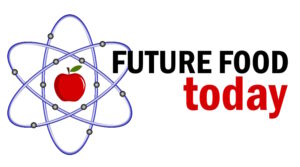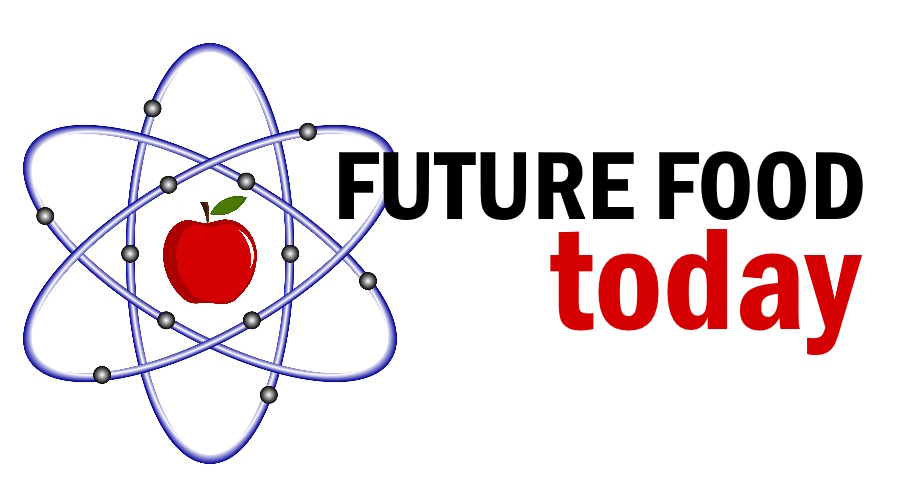In a recent press release, the creation of a new consortium was announced, with companies and university researchers creating a sustainable source of proteins for human food derived from CO2.
The aim is to help fight the rising global problems with food insecurity and greenhouse-gas emissions from agriculture. Two leading foundations are supporting the initiative with up to DKK 200 million (€27 million).
The Bill & Melinda Gates Foundation and the Novo Nordisk Foundation are funding the consortium that will utilise CO2 to produce proteins for human food.
The consortium combines knowledge and expertise from Novozymes A/S and Topsoe A/S, two companies within biotechnology and chemical engineering, respectively, Washington University in St. Louis in the US and the Novo Nordisk Foundation CO2 Research Center (CORC) at Aarhus University in Denmark.
“By utilising CO2 for food production without involving agricultural land use, this ambitious consortium addresses two of our biggest global challenges: supplying nutritious food to a growing world population and mitigation of climate change. This has the potential to be the first step towards a novel bioeconomy providing a more sustainable, safe and stable food production, reducing the strain on nature’s resources in multiple ways,” says Mads Krogsgaard Thomsen, CEO of the Novo Nordisk Foundation.
An alternative to animal protein
The basic idea is to provide a more sustainable way of producing proteins through fermentation – a way of producing food we have been using for millennia.
By using biological and electrochemical processes, the consortium partners will process CO2 and turn it into acetate, which is vinegar – a well-known substance already present in the metabolism of the microorganisms used for fermentation. The acetate can then be used to produce proteins that can be used directly in food for humans.
By creating alternatives to animal proteins, we can reduce the need for meat and dairy production, which puts a significant strain on our natural resources by using land for the animals and growing crops to feed them. In addition, using acetate derived from CO2 directly in the fermentation process will eliminate the need to use sugar, which is a big part of fermentation processes. This will free up substantial agricultural areas currently used for sugar production.
Thus, converting CO2 into acetate and using it to produce proteins for food will enable us to decouple part of our food production from land use and make room for biodiversity. This will be a major contribution to a more sustainable society.
Making use of existing production facilities
The first step for the consortium is to optimize and evaluate three potential production technologies and mature them. The goal is to lift all technologies to demonstration scale (TRL 6 or above) within two years.
The consortium partners have several relevant production technologies and facilities at their disposal, which enables them to take advantage of already existing infrastructure to verify and scale the new developments expected from the collaboration. This is a great opportunity to create synergy across the different technologies involved in the collaboration and makes it possible to speed up the upscaling process significantly.
“The possibility to engineer biology to efficiently produce protein for human nutrition from simple raw materials has been around for some time. With this programme, there is a possibility to develop a completely climate-neutral way of transforming CO2 into protein without the use of land, water, and fertilizer. I am excited and proud that we can contribute with technology and knowhow that makes this transformation possible – it holds tremendous potential for having biosolutions solve major world problems,” says Claus Crone Fuglsang, Chief Science Officer in Novozymes A/S.
Benefits for low- and middle-income countries
Once scaled up to production, the technologies developed by the consortium can represent a paradigm shift in our approach to food security, especially in low- and lower-middle-income countries. The technologies are estimated to be able to produce enough protein for more than 1 billion people every year, creating a stable source of nutritious food for people living in areas with limited potential for conventional agriculture.
An important goal for the two foundations is to make sure that the technologies are disseminated globally and are accessible at an affordable price in countries where they can be of greatest use. This will be ensured by global access agreements with the consortium partners.
“The technologies offer a big potential to provide food security globally, especially in low- and middle- income countries. It is therefore very important that the technologies can be implemented in areas of the world where they can benefit the most at a fair cost. This is ensured with the setup of this consortium,” concludes Mads Krogsgaard Thomsen.
Here is a question and answer interview with Claus Felby, senior vice president, biotech, at the Novo Nordisk Foundation.
The press release talks about testing three ways of ‘fixing’ CO2 and converting it into food proteins. Can you provide me with more information on these approaches?
The consortium works with two basic modules to support an integrated process. Module 1 converts CO2 to acetate via a biological and/or electrochemical process. Module 2 is the fermentation process, where acetate is used as carbon source of a food-approved microorganism capable of high-level protein expression or used directly as a food source. As for the CO2 fixation itself, the process is built upon using CO2 from point sources, e.g. breweries, biogas plants or cement factories.
The combined expertise of the consortium includes three technical alternatives for module 1:
The first alternative is production of carbon monoxide (CO) and methanol (MeOH) from CO2 which is then reformed to acetate. The elements in the process are ready for full scale but has not yet been combined into a process for acetate production.
The second alternative is a 2-step electrocatalytic system, which is still at the higher lab-scale but with potential high efficiency.
The third alternative is a biological process. Acetogenic bacteria convert CO2 and hydrogen directly into acetate. This process is still at pilot-scale level but has the advantage of being able to work with non-purified CO2, for example directly from a biogas plant, and with potentially very high efficiency. More information about the third technical alternative can be found here.
What is the “conversion rate” for the method(s) being used, meaning how much energy needs to be put into the system, to fix a certain quantity of carbon dioxide? [because if you have to put in huge amounts of energy to fix the CO2, then what is the point, if that energy comes from burning fossil fuels?]
The energy requirement for capturing or fixing CO2 from point sources has been reduced significantly during the past years and is not the main energy component of the process. The process will require a significant, but not extraordinary energy input to produce food proteins, and the main energy use will be from the production of hydrogen to reduce the CO2 to acetate.
As always there is no “free lunch,” and to reduce or de-couple the use of land for food production to a fraction of what we currently use, we need energy. The project will focus on integration with renewable energy sources with very low CO2 emissions. A point here is that the development in renewable energy technologies, such as solar and wind power, has driven down the cost of renewable electricity below fossil derived electricity.
With the upcoming CO2 taxation, the competitiveness of renewable energy technologies will increase further. The CO2/acetate project is at the very frontline of our current technologies and infrastructures within the food and energy areas. We are so to speak pushing the envelope to accelerate and mature CO2 technologies. We need them to be ready, as our energy system is transformed and decarbonized.
Are there any academic papers on the methods being tested?
In 2019 Professor Lars Angenent demonstrated for the first time that this technology makes it possible to convert CO₂ into edible proteins. Lars Angenent is a professor of climate biotechnology at the University of Tübingen in Germany and a part-time professor at Aarhus University – a partner in the consortium. He has published the following scientific article about this result:
Power-to-protein: converting renewable electric power and carbon dioxide into single cell protein with a two-stage bioprocess
The following year, he published a scientific article, in which he could demonstrate how efficient his technology was compared with other methods. Read the article here:
Power-to-Protein: Carbon Fixation with Renewable Electric Power to Feed the World.
Are any of the three funded technologies at the stage where they have produced an edible human protein that can be used (or is being used) to make food?
The technologies vary from early pilot-level to full-scale ready. The ambition of the consortium is to upscale and integrate all of the technical alternatives to demonstration scale or beyond within two years. However, for the protein fermentation platform the basic technology is ready for production at the +100 kilo tons scale.
The consortium’s end goal is to enable a balanced, nutrient rich products compatible with current diets. To ensure that the proteins developed in the consortium are fully optimized for human consumption, food science experts from the University of Aarhus is part of the consortium. Examples of potential food products are milk proteins for dairy production and tofu or seitan type protein foods.
n consumption, food science experts from the University of Aarhus is part of the consortium. Examples of potential food products are milk proteins for dairy production and tofu or seitan type protein foods.
Jim Cornall is editor of Future Food Today and publisher at Ayr Coastal Media. He is an award-winning writer, editor, photographer, broadcaster, designer and author. Contact Jim here.






